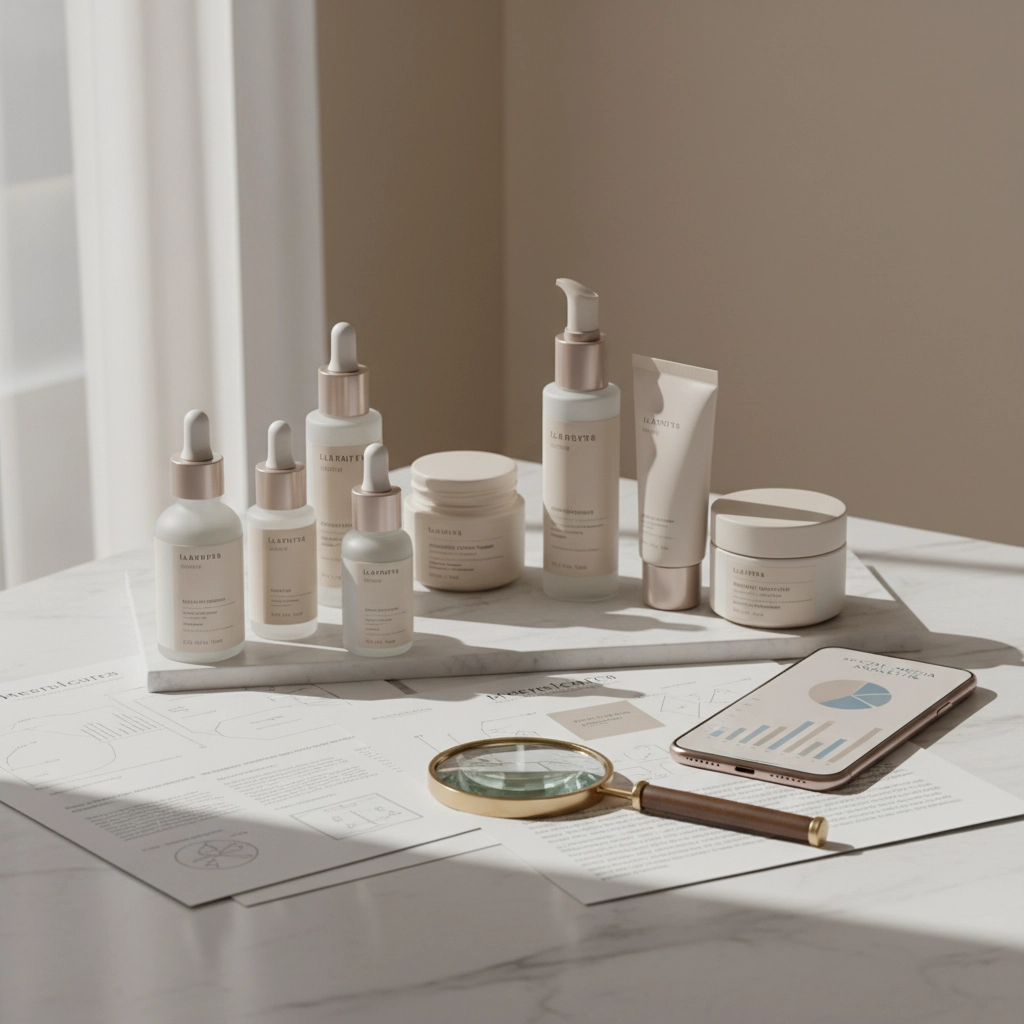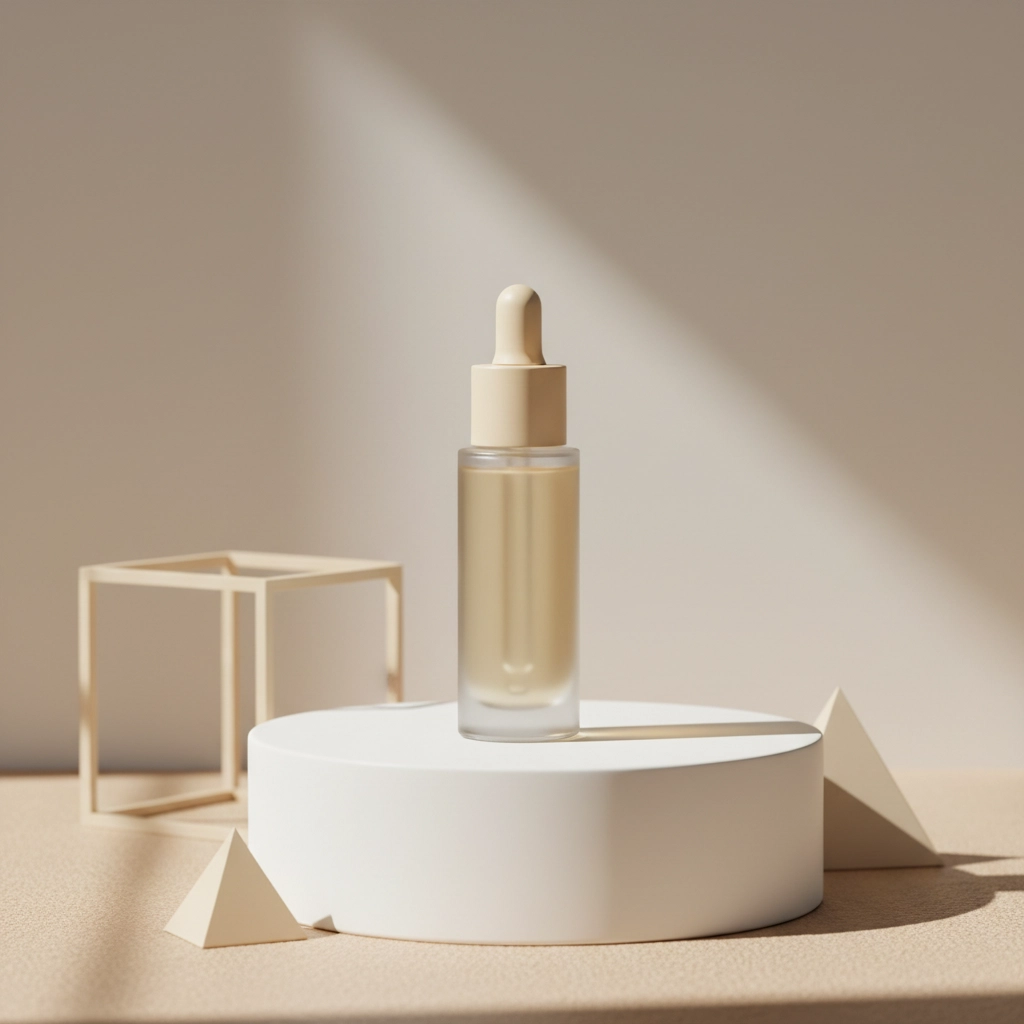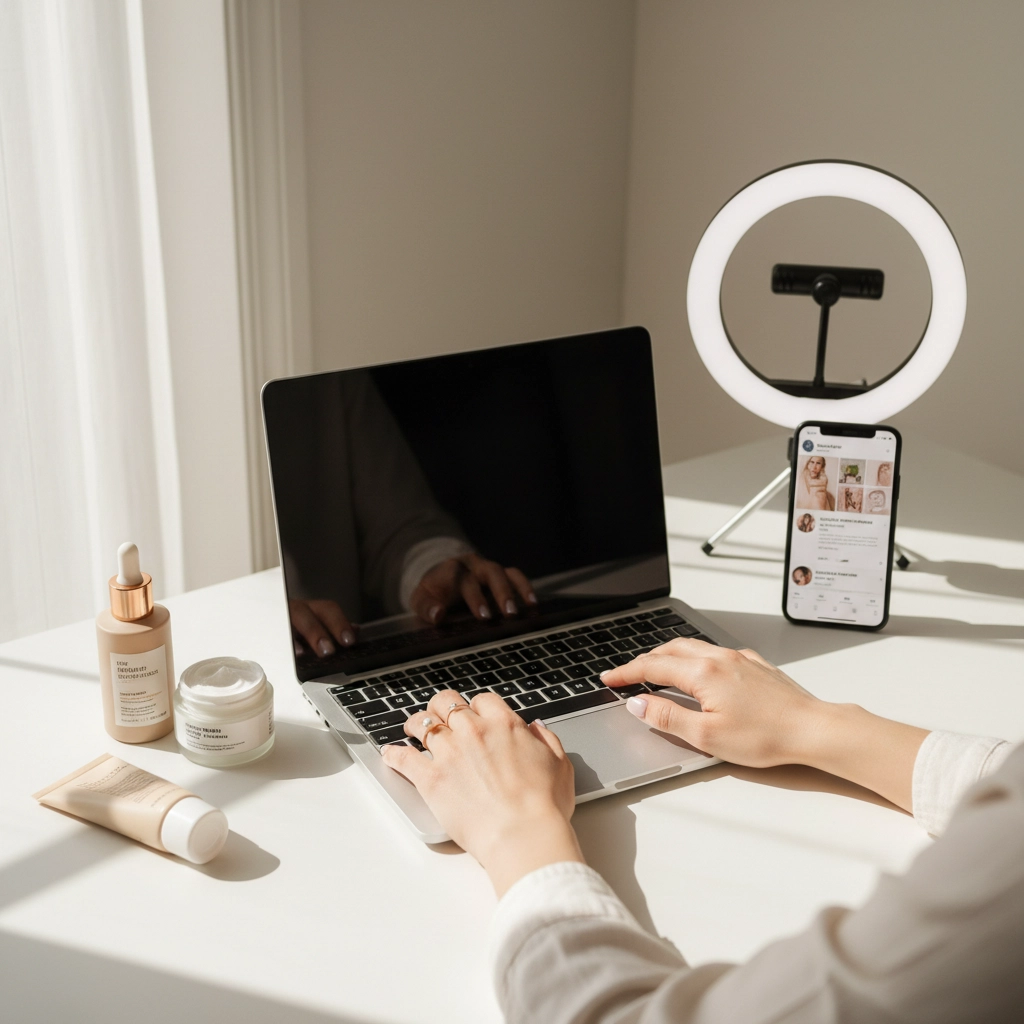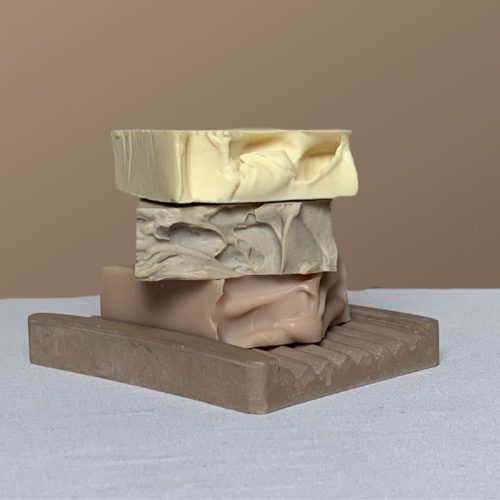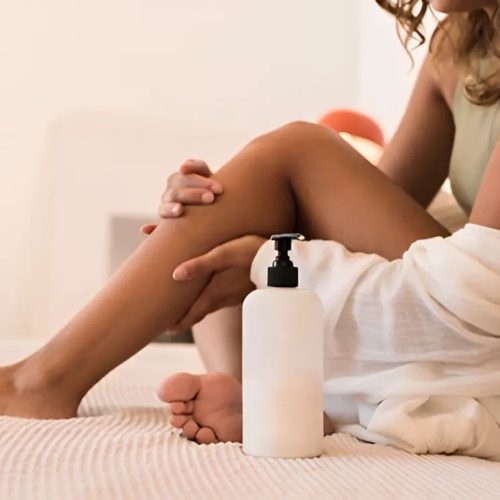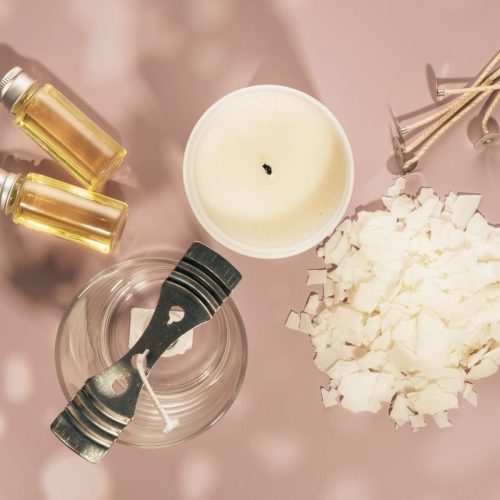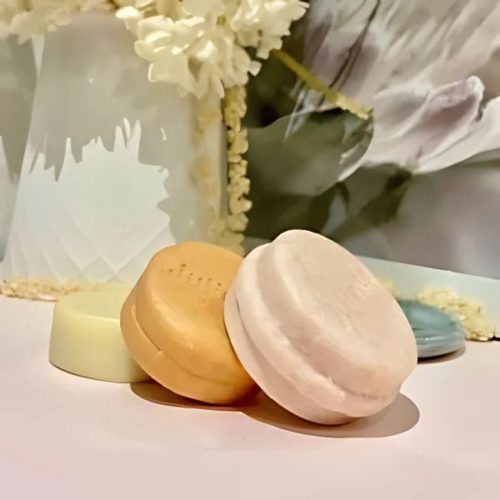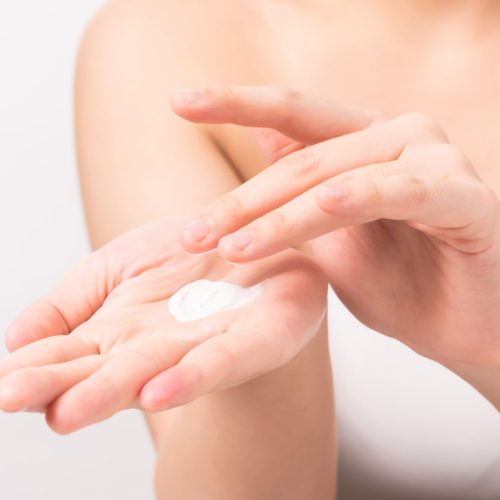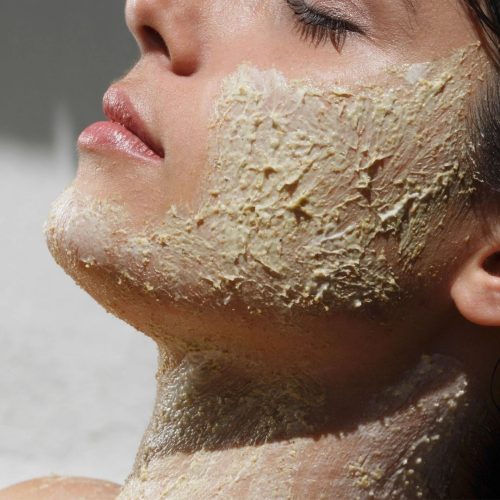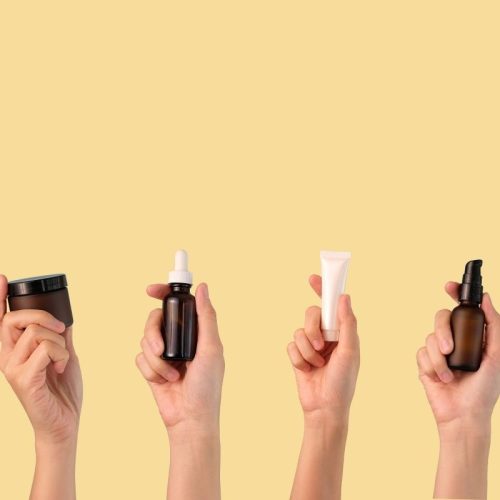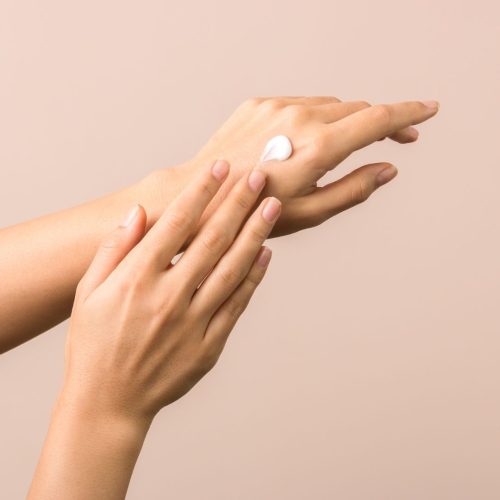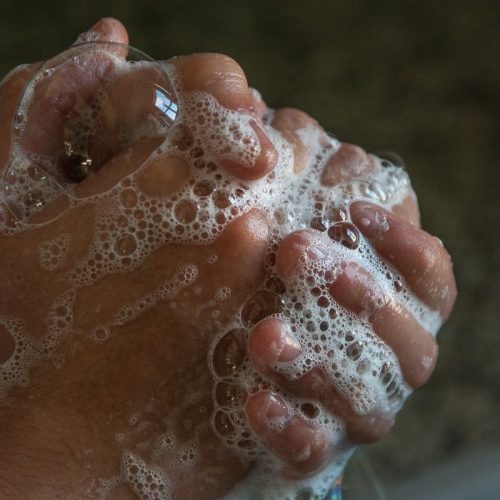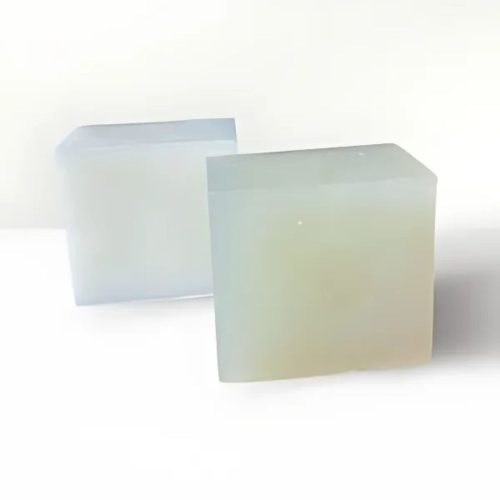The skincare industry is booming: expected to reach $194.05 billion by 2032: but here’s the thing: most new brands fail within their first two years. Not because their products are bad, but because they make avoidable mistakes that derail even the most promising ventures.
Launching a skincare brand in 2025 isn’t just about having great formulations anymore. It’s about strategic thinking, understanding your market, and building authentic connections with customers who have more choices than ever before. The good news? By following these seven steps, you can sidestep the pitfalls that trip up most skincare startups.
Step 1: Research Your Market Like Your Business Depends on It (Because It Does)
The Fatal Mistake: Launching without understanding your target audience or trying to appeal to everyone.
Before you even think about product development, dive deep into market research. This isn’t about skimming beauty blogs for an hour: it’s about becoming an expert in your chosen niche.
Start by analyzing industry reports and tracking trends on Instagram and TikTok. Look for gaps in the market where consumer needs aren’t being met. Enrico Frezza of Peace Out Skincare discovered hydrocolloid dressing as an acne solution after researching dermatological treatments, and that insight became his brand’s foundation.
Study your competitors relentlessly. Examine their websites, social media presence, and customer reviews. What are people loving? What are they complaining about? These insights reveal opportunities for your brand to fill unmet needs.
Action Step: Create detailed buyer personas for your ideal customers. What are their specific skin concerns? Where do they shop? What influences their purchasing decisions?
Step 2: Define Your Unique Value Proposition (And Make It Actually Unique)
The Fatal Mistake: Creating generic products without a clear differentiator.
In a crowded market, “good skincare” isn’t enough. Your brand needs a compelling reason for customers to choose you over established competitors with bigger marketing budgets.
Danielle Close of My Skin Feels found her unique angle in sustainability after witnessing the industry’s environmental impact at a packaging show. Her eco-focused approach became her brand’s calling card in a market full of plastic packaging.
Your UVP might be innovative ingredients, sustainable practices, targeted solutions for specific skin types, or a unique brand story. The key is that it should solve a real problem in a distinctive way.
Action Step: Complete this sentence: “Unlike other skincare brands, we are the only ones who…” If you can’t finish that sentence clearly and confidently, keep refining your positioning.
Step 3: Start Small, Think Big: Launch with One Hero Product
The Fatal Mistake: Overwhelming yourself (and customers) with a full product line from day one.
Here’s what most founders get wrong: they think they need 10+ products to launch a “real” skincare brand. In reality, starting with one exceptional hero product allows you to perfect your formulation, test market response, and build brand recognition before expanding.
Peace Out Skincare started with just their Acne Dots before building their comprehensive range. This focused approach helped them dominate one specific problem before tackling others.
Starting small also makes financial sense. It reduces initial costs, simplifies product development and testing, and makes your marketing efforts more targeted and effective.
Action Step: Identify the one skincare problem you can solve better than anyone else. Make that your hero product and perfect it before moving on.
Step 4: Build Your Digital Presence Before You Need It
The Fatal Mistake: Underestimating the importance of digital marketing and customer education.
Today’s skincare consumers are incredibly savvy. They research ingredients, read reviews, and expect transparency from brands. Your digital presence needs to educate, not just sell.
Start building your brand authority early through educational content. Share ingredient knowledge, skincare tips, and behind-the-scenes glimpses of your development process. Use AI tools and technology to create personalized customer experiences that larger brands can’t match.
Focus on ingredient transparency: today’s consumers read labels like never before. Share your brand story authentically because in 2025, people buy from people, not faceless corporations.
Action Step: Create content calendars for your social media platforms that educate your audience about skincare while building anticipation for your launch.
Step 5: Turn Customers into Community Members
The Fatal Mistake: Relying solely on traditional advertising without building an authentic community.
The most successful skincare brands in 2025 don’t just have customers: they have communities. User-generated content and authentic testimonials carry more weight than any paid advertisement.
Encourage early customers to share real experiences, including before-and-after photos. Create branded hashtags and follow up with customers via email to gather testimonials and content.
Think beyond transactions. Your brand should represent a movement or shared values that resonate with your audience. This emotional connection is what turns one-time buyers into lifelong advocates.
Action Step: Develop a strategy for encouraging and collecting user-generated content from day one, including incentives for customers who share their experiences.
Step 6: Plan Your Launch Like a Military Operation
The Fatal Mistake: Launching without a strategy or preparation for post-launch customer service.
A successful launch isn’t just about announcing your product: it’s about orchestrating a coordinated campaign that builds momentum and sustains interest.
Plan multiple launch phases: a soft launch to gather feedback from a small group, followed by a full launch with press kits for influencers and media. Consider hosting virtual events or pop-ups to create buzz and personal connections with early customers.
Most importantly, prepare for the inevitable: returns and reactions. Even the best skincare products can cause reactions in some users. Have a clear refund policy and excellent customer service ready to handle issues professionally.
Action Step: Create a launch timeline that includes pre-launch marketing, the launch event itself, and post-launch follow-up activities.
The Financial Reality Check
Starting a skincare line requires significant upfront investment: typically $9,000 or more for initial costs. But here’s the biggest financial mistake founders make: either underfunding their venture or overspending on unnecessary elements.
Start scrappy if you need to. Many successful founders built their brands nights and weekends while maintaining other income sources. You don’t need Sephora’s approval to build a profitable brand: direct-to-consumer sales can sustain a business while you prove market demand.
Your Path Forward
The skincare market in 2025 rewards brands that solve real problems with authentic solutions while building genuine relationships with customers. Skip the perfectionism trap that keeps so many entrepreneurs stuck in planning mode.
The window for innovation in skincare is still wide open, especially for brands willing to address underserved markets or create truly sustainable solutions. But time matters: skincare trends evolve rapidly, and it’s better to launch with a strong foundation than wait for everything to be perfect.
Ready to turn your skincare vision into reality? The industry needs innovative brands that prioritize quality, authenticity, and customer relationships over flashy marketing. Your unique perspective and solutions could be exactly what the market is waiting for.
The question isn’t whether you can compete with established brands: it’s whether you can create something valuable enough that customers actively seek you out. With the right strategy and execution, that’s absolutely achievable.
Are you ready to avoid the mistakes that derail most skincare startups and build something extraordinary instead?
post comments
Read more like this

